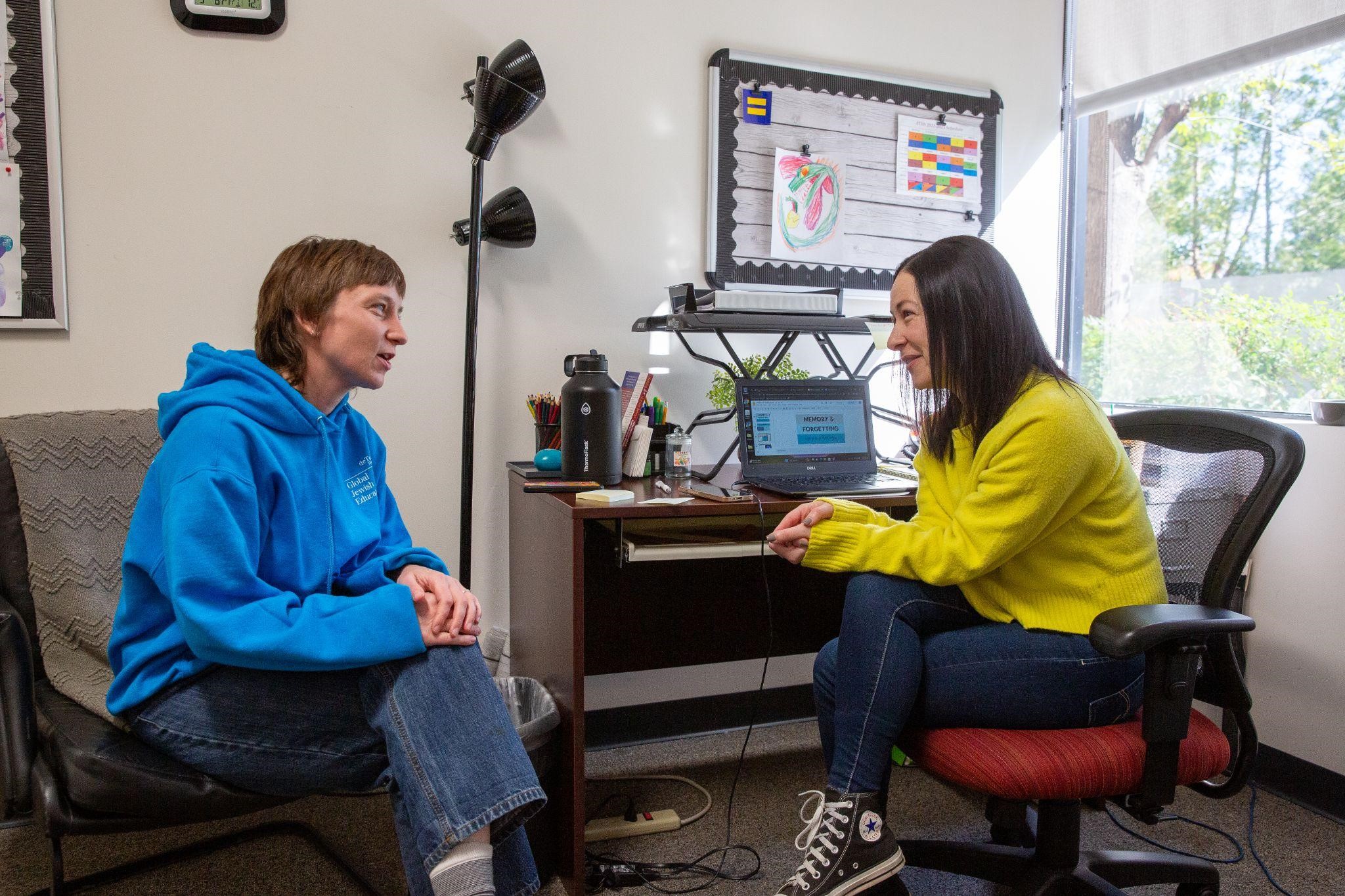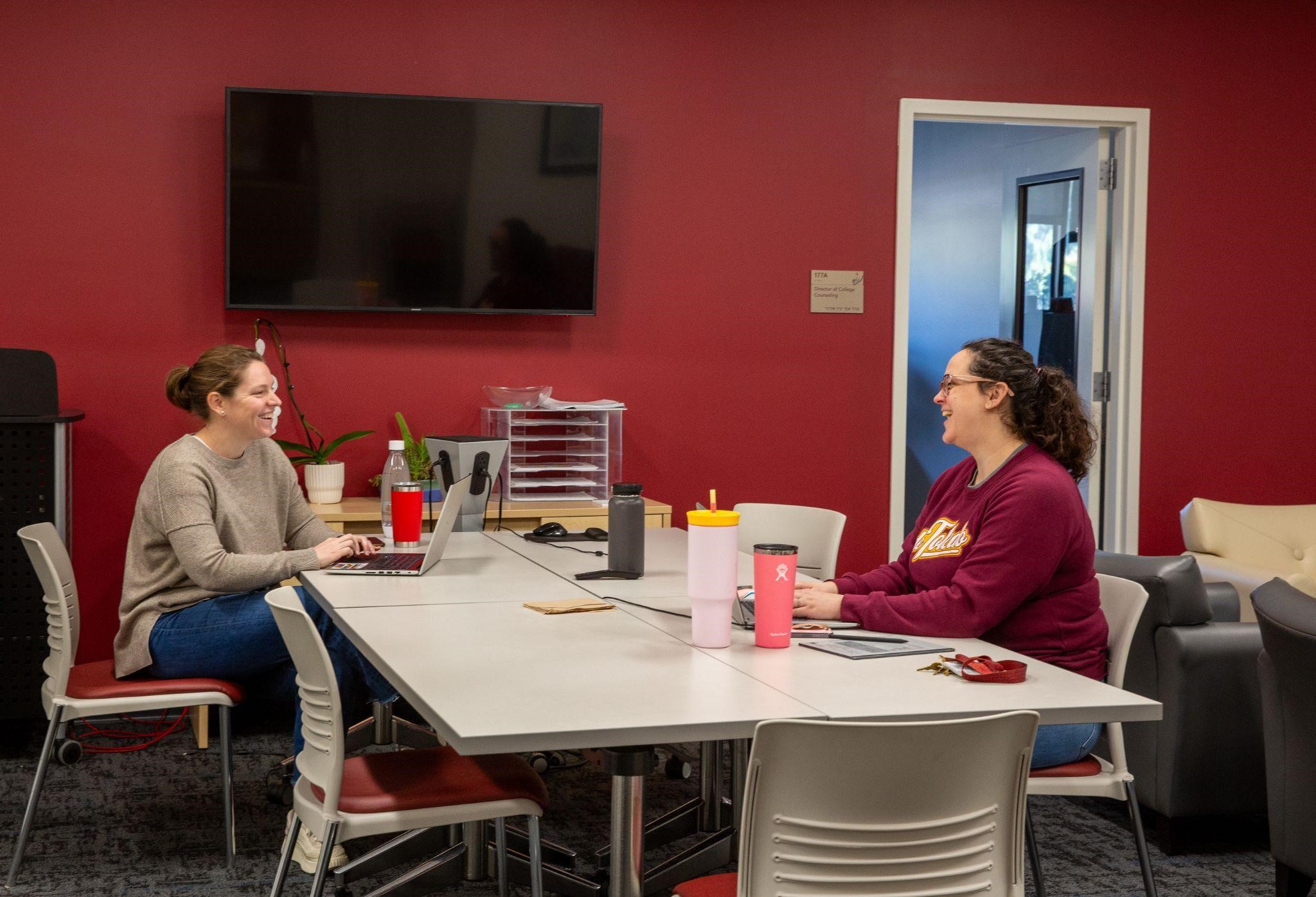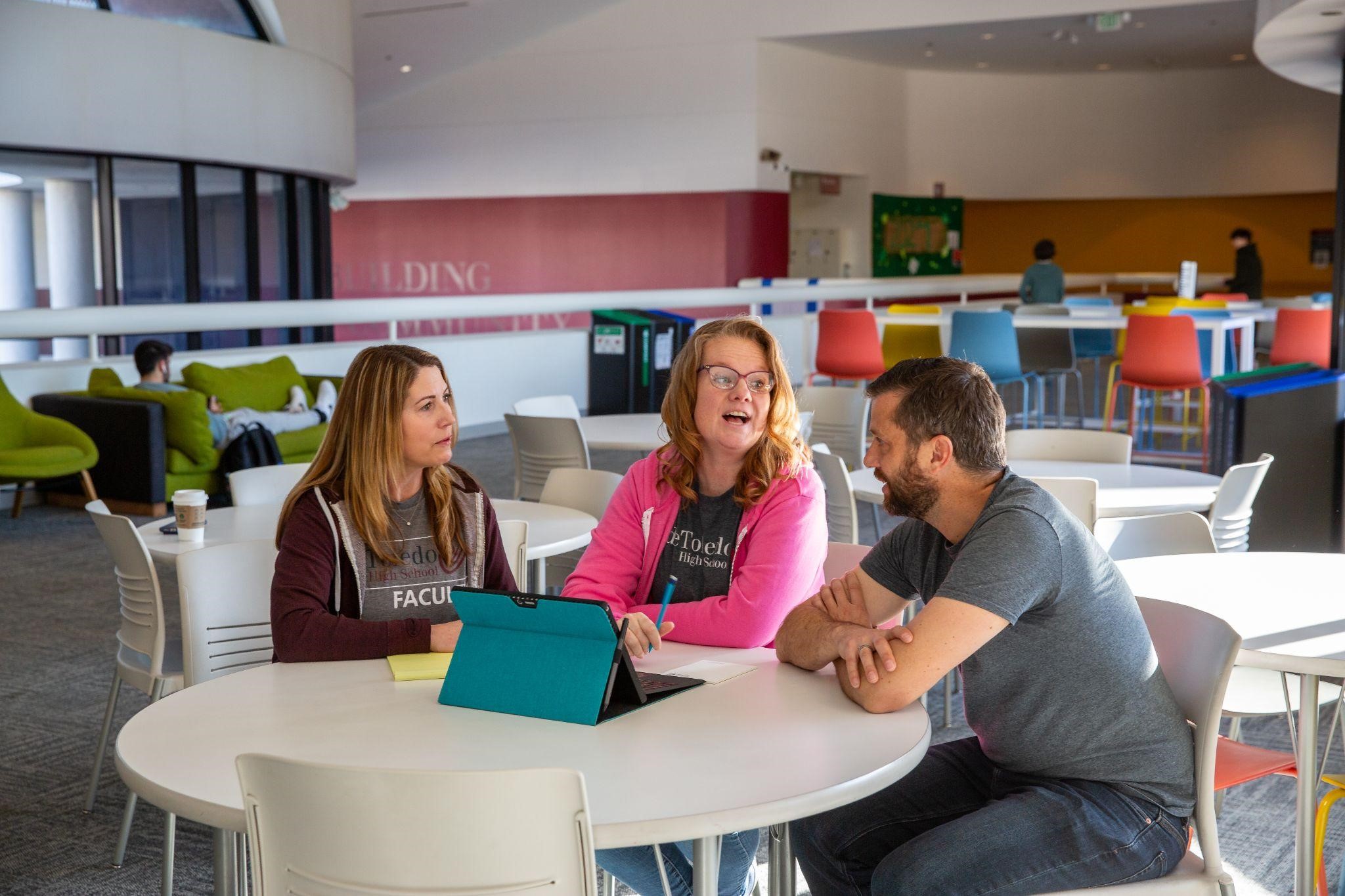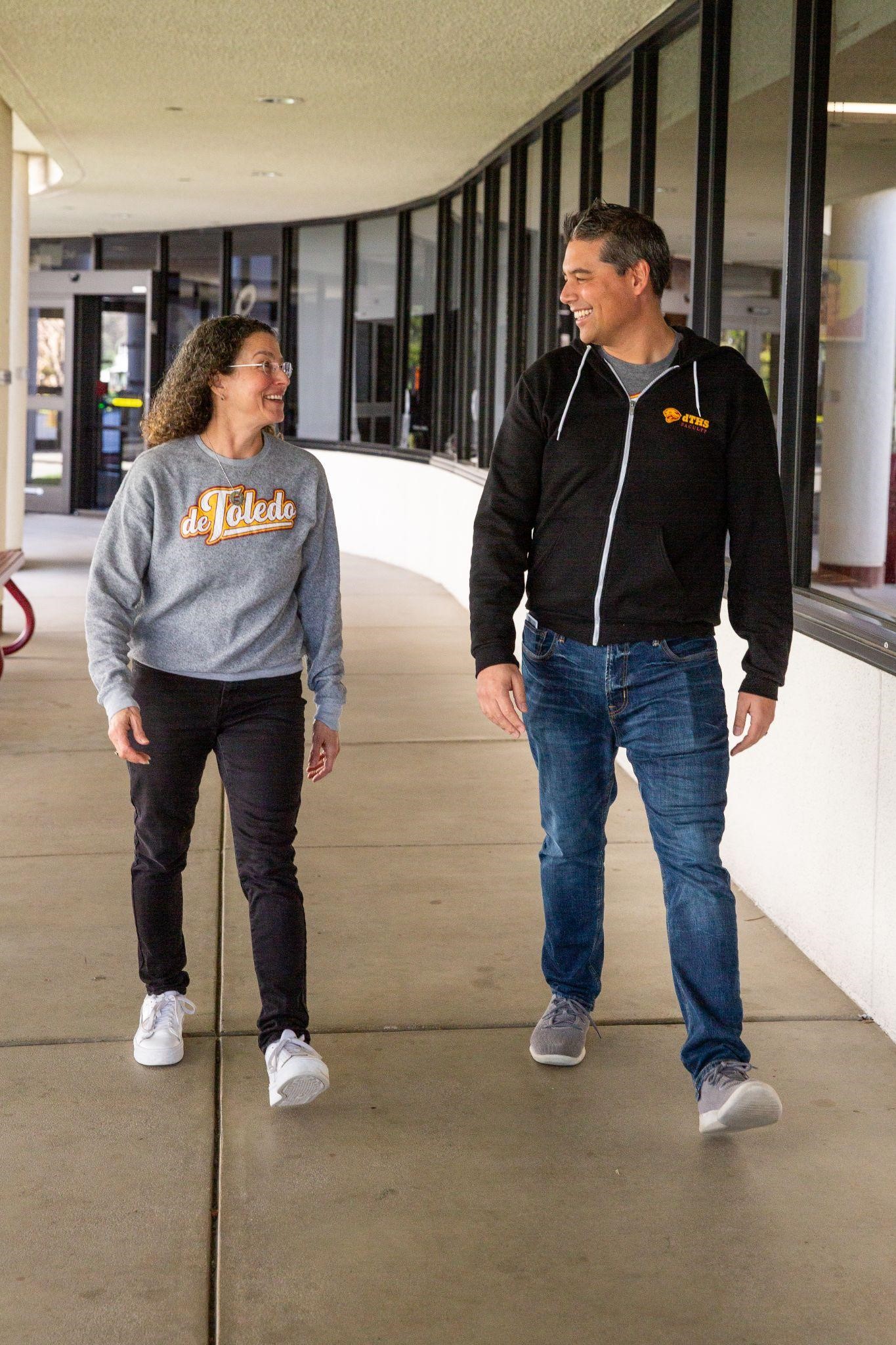Recruiting and retaining the next generation of Jewish educational leaders made even more daunting by the allure of the private sector. At a time when media reports abound with stories of startups, tech companies and financial firms paying exorbitant salaries, our faculty members, whose impact on the future of our nation’s youth is immeasurable, feel left behind. It can be hard to adequately compare the salary, benefits, as well as the calendar of a Jewish day school with its unique structure and flow of religious and national holidays, winter and spring breaks, plus summer, with the more “traditional” employment framework based on 52 weeks of work, two weeks of vacation and 10 national holidays.
Statistics show that up to 30% of teachers now leave the profession within five years of starting their careers. Over the last 30 years, the rate at which teachers retire or quit has gone up a staggering 55%. This phenomenon, along with the resulting influx of new and inexperienced teachers hired to backfill open positions, massively impacts student learning, overburdens our HR professionals and educational administrators, saps our annual budgets (with each new hire generating hard costs of more than $20,000), and weakens overall school morale.
To address these challenges head-on, de Toledo High School in Los Angeles has launched a detailed and easy-to-read compensation offer and created a strategic onboarding program that has purposefully and proactively addressed teachers’ salary expectations, increased faculty engagement and immersion into our school’s acclaimed “culture of kindness,” and ultimately, has gone a long way in improving our retention rates. Forty-one percent of our currently teaching faculty members have been with us for at least 12 years, while year-to-year acceptance rates of our offers of employment continue to increase significantly.








